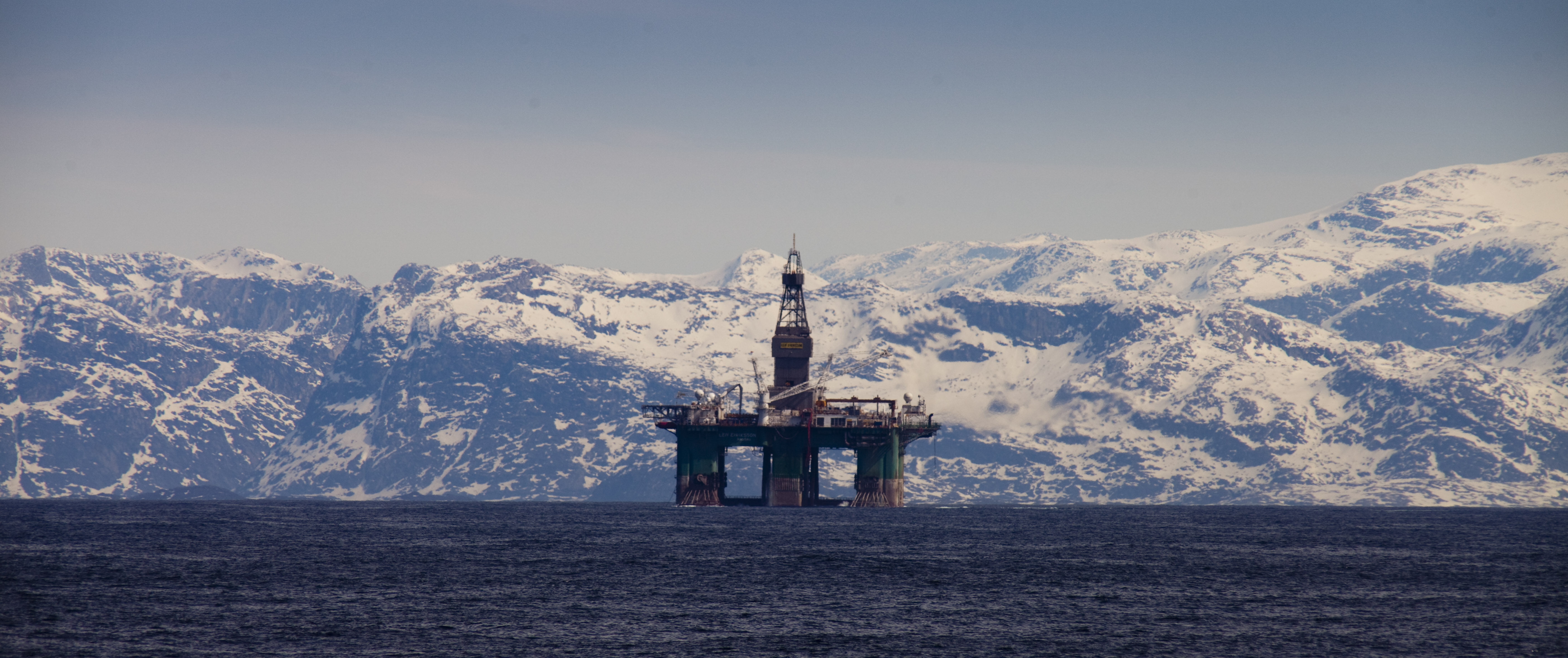The United States’ National Research Council (NRS) has recently published a report stating the poor preparedness of the country for an oil spill in the region of Arctic. Due to continuous melting of ice in the area, the oil industry is getting ready to explore and exploit the vast resources of the Arctic. The 183-page report is the first to elaborate on the impact and consequences of gas exploration in the Arctic. The report says that sea ice cover has hit a record low, thus making shipping traffic increase substantially and oil price rise sharply. This, in turn, prompts oil giants such as ExxonMobil, ConocoPhillips, or Shell to acquire new leases for gas and oil.
It is estimated that the Arctic contains about 13 percent of the world’s undiscovered oil, one-third of which is located on the US territory. Yet, the 2012 attempt of Shell to drill in the area demonstrated a number of challenges that oil companies have to face when drilling in the Arctic. The Shell campaign ended with a drilling rig, the Kulluk, which needed to be rescued. Kulluk ran aground off the coast of Alaska in icy and stormy waters. The accident is believed to be have been caused by Shell’s underestimation of the weather conditions as well as mismanagement.
As a result, Shell and also its competitors have decided to halt further drilling plans for this year, although there is a strong drive for the region’s exploration to continue. The panel of NRS experts have therefore chosen five points that must be addressed by the US government if an oil drill in the Arctic shall be successful.
First, NRS recommends drilling some oil with the purpose of finding out how oil actually behaves in the waters of the Arctic. Second, more research must be done in order to get more information about the Arctic. In particular, real-time data and more reliable forecasts are needed. Third, the US should increase the Alaska coastal presence especially in winter in order to swiftly respond to eventual oil spills and their environmental impact. Fourth, US-Russia cooperation should be strengthened in order to create a better traffic management. Fifth, the Arctic oil extraction would imply numerous threats to wildlife. As the area is home to several endangered species, such as bowhead whales or polar bears, there must be a plan for keeping animals out of harm.




